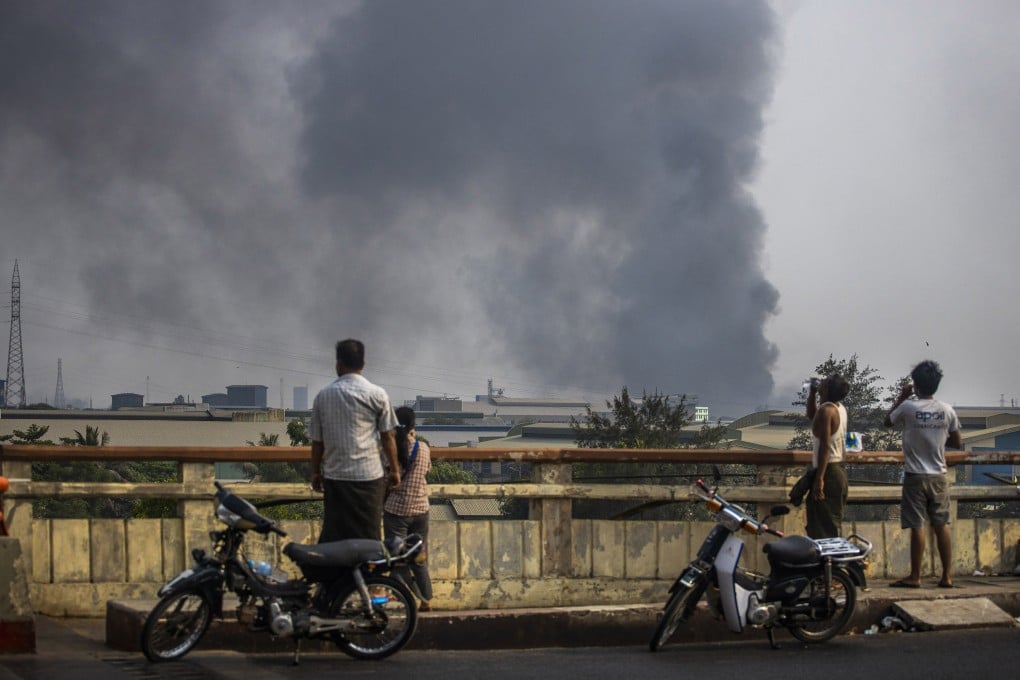Reflections | Relations between China and Myanmar have long been fraught, resulting in imperial invasions and wars
- Over the centuries, the neighbouring countries have fought several wars, mostly over the control of the borderlands between them
- It was the Qing-Konbaung war from 1765 to 1769 put an end to centuries of vaguely defined frontiers

In the early days of the unrest in Myanmar, Chinese factories and nationals were reportedly targeted by protesters. Relations between China and Myanmar, formerly known as Burma, have long had their ups and downs, with China and its southern neighbour having fought several wars, mostly over the control of territories in the borderlands between the two countries.
In 1271, when the Mongols formally founded the Yuan dynasty in China, the jewel in the crown of the colossal Mongol empire, Emperor Shizu, better known as Kublai Khan, sent emissaries down south to the Pagan empire, which controlled much of present-day Myanmar. The Yuan dynasty demanded tribute and submission from Pagan, which the Pagan king refused. Yuan China sent another mission in 1273 and again it was rebuffed.
To punish Pagan for its refusal to recognise the Yuan emperor as overlord, the Mongols launched a series of invasions beginning in 1277 that lasted almost a decade. The Yuan army seized and occupied large swathes of Pagan territories in present-day Yunnan and northern Myanmar. By the late 1280s, the Pagan empire had disintegrated, with its king murdered and former vassal states declaring independence. The anarchy and political fragmentation that followed would last 250 years.
In the mid-16th century, the Mongols were long gone and the Han Chinese had ruled for almost two centuries under the Ming dynasty. Ming China indirectly ruled the Shan, Dai and other peoples along its southwest frontiers through “pacification offices” headed by local chieftains, and the Chinese government left them alone for the most part.

This peaceful arrangement was not to last. In 1550, the ambitious Bayinnaung ascended the throne in Toungoo and went on to unify Myanmar and build the largest empire in mainland Southeast Asia. To this end, Bayinnaung and his successors constantly made incursions into the Chinese frontier, and the local chieftains vacillated between the two powers to ensure their own survival.
